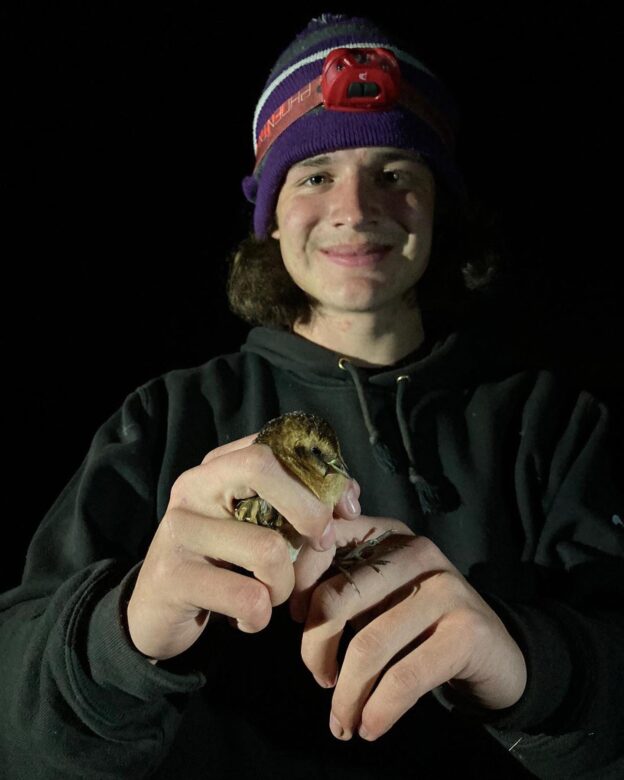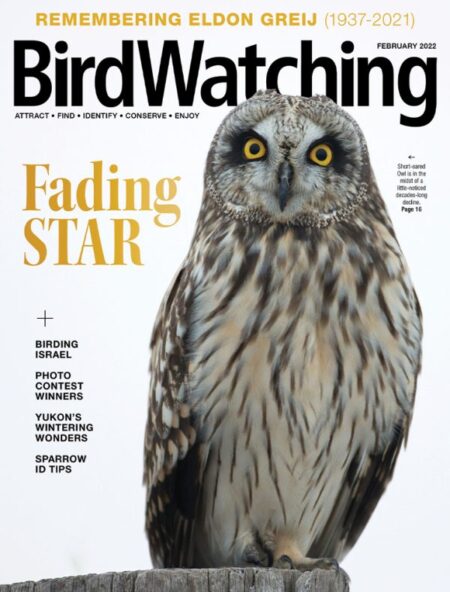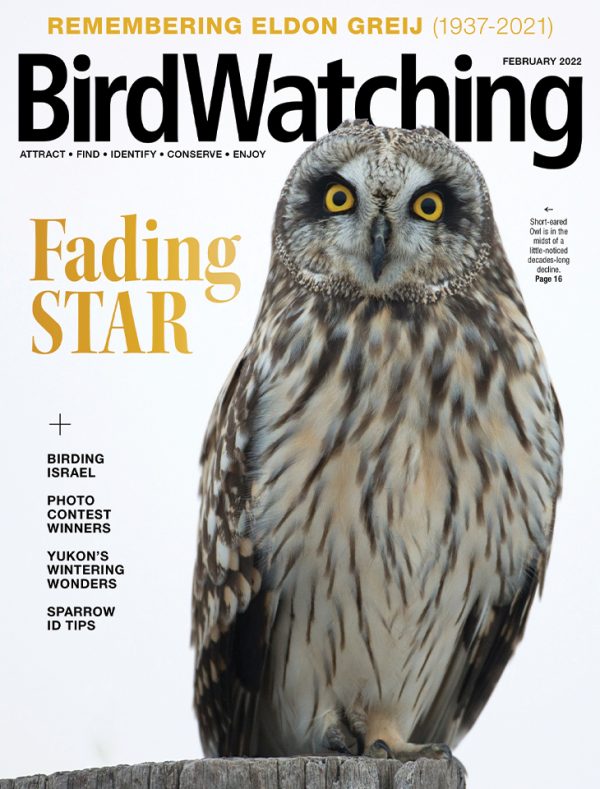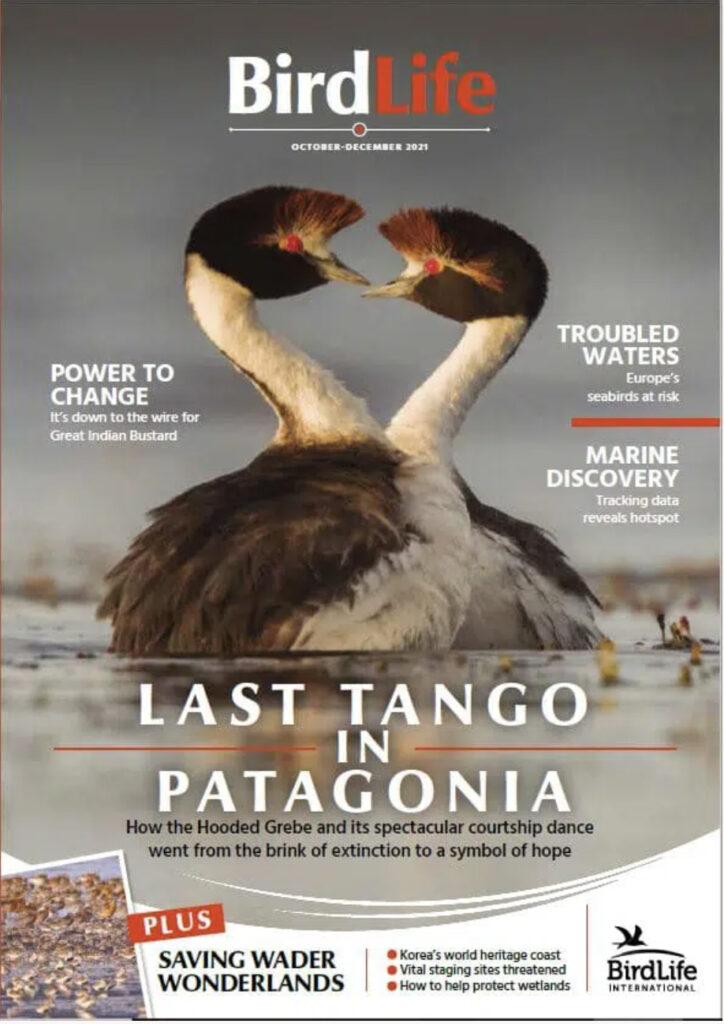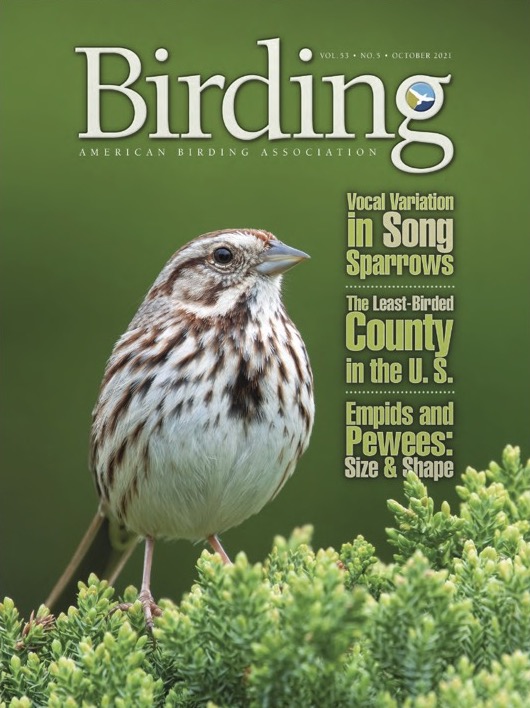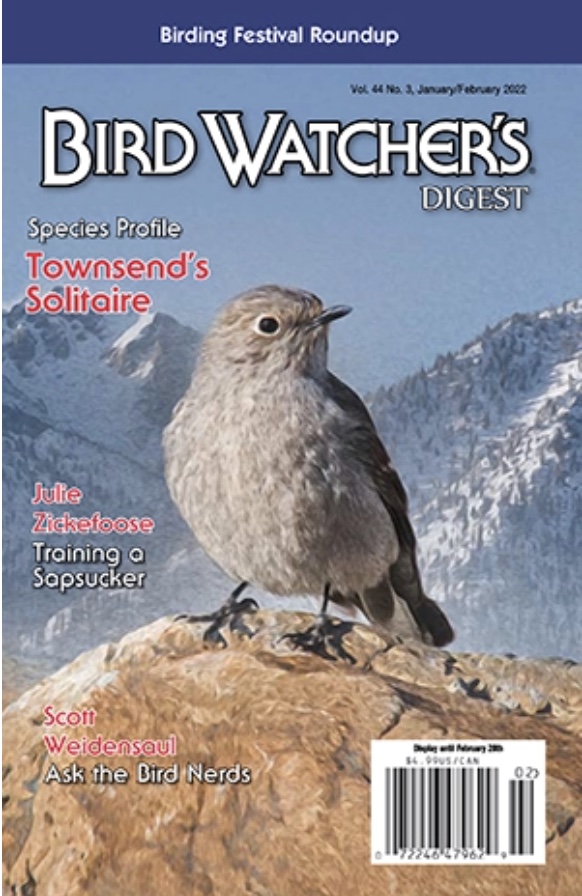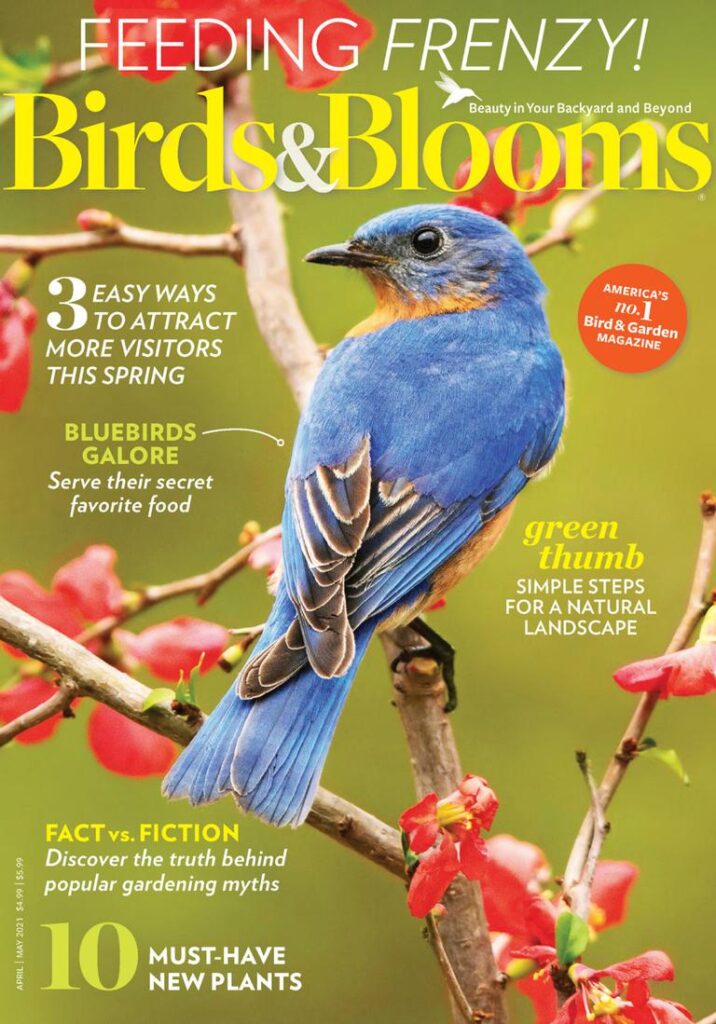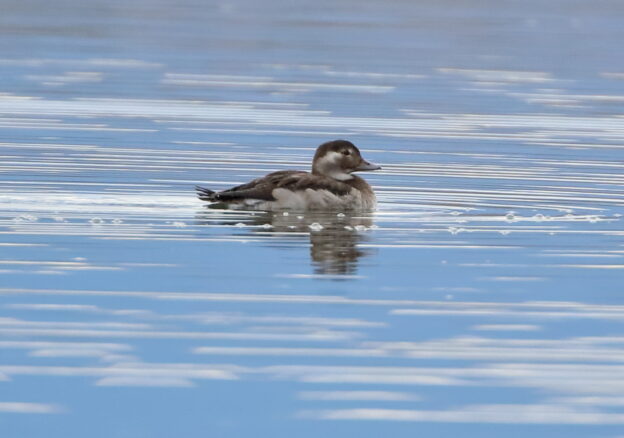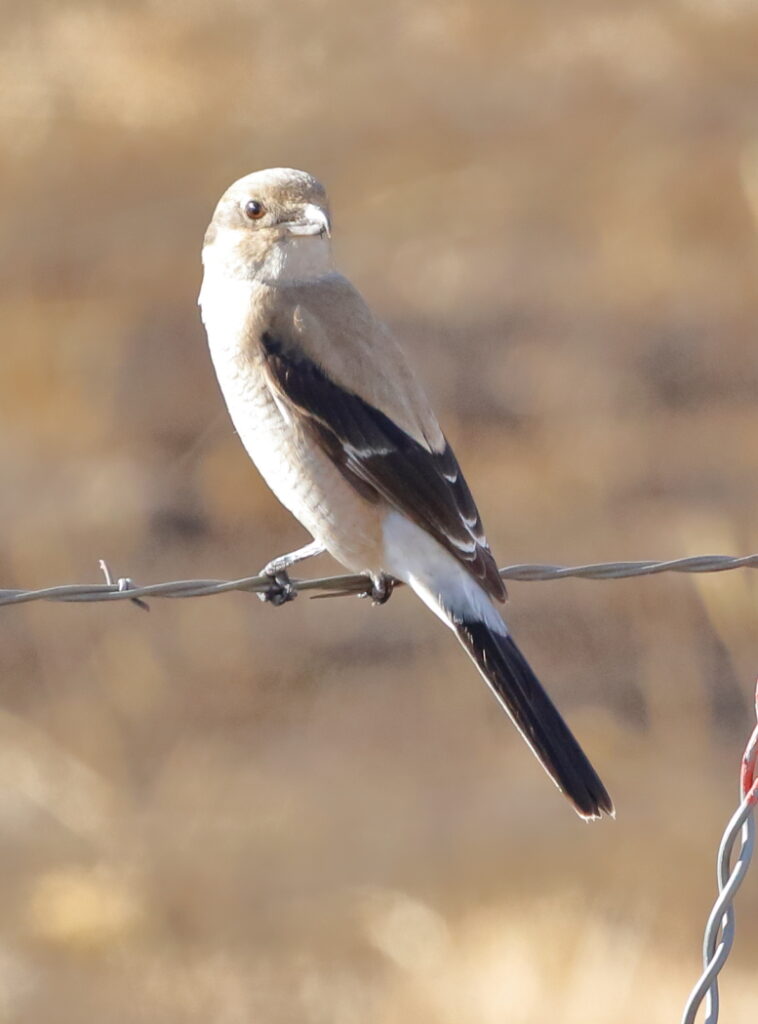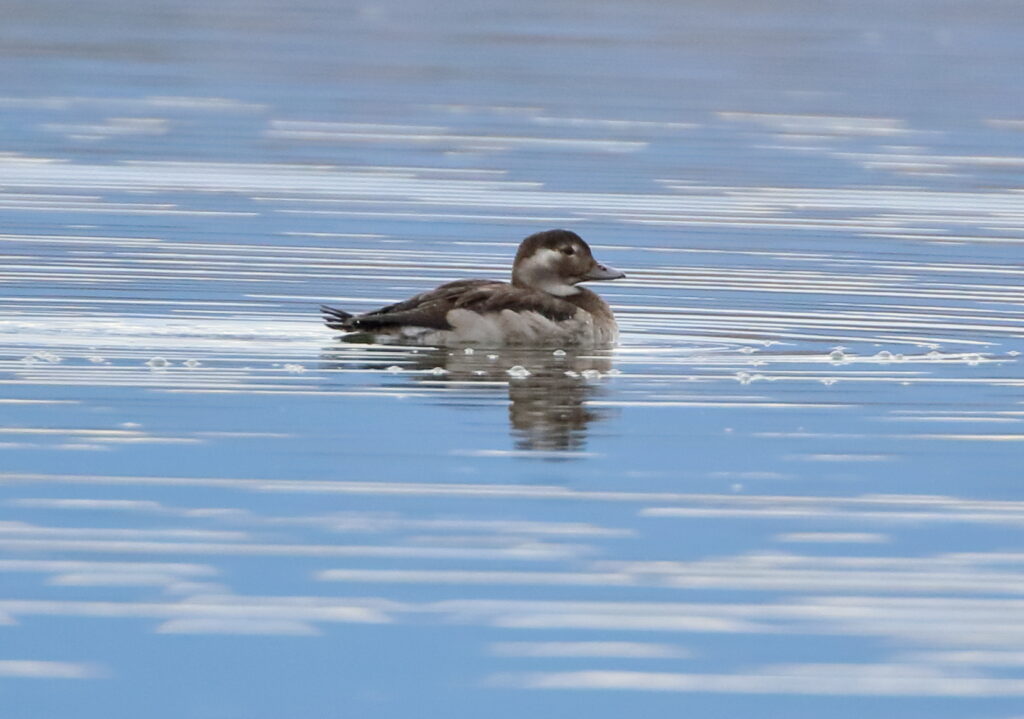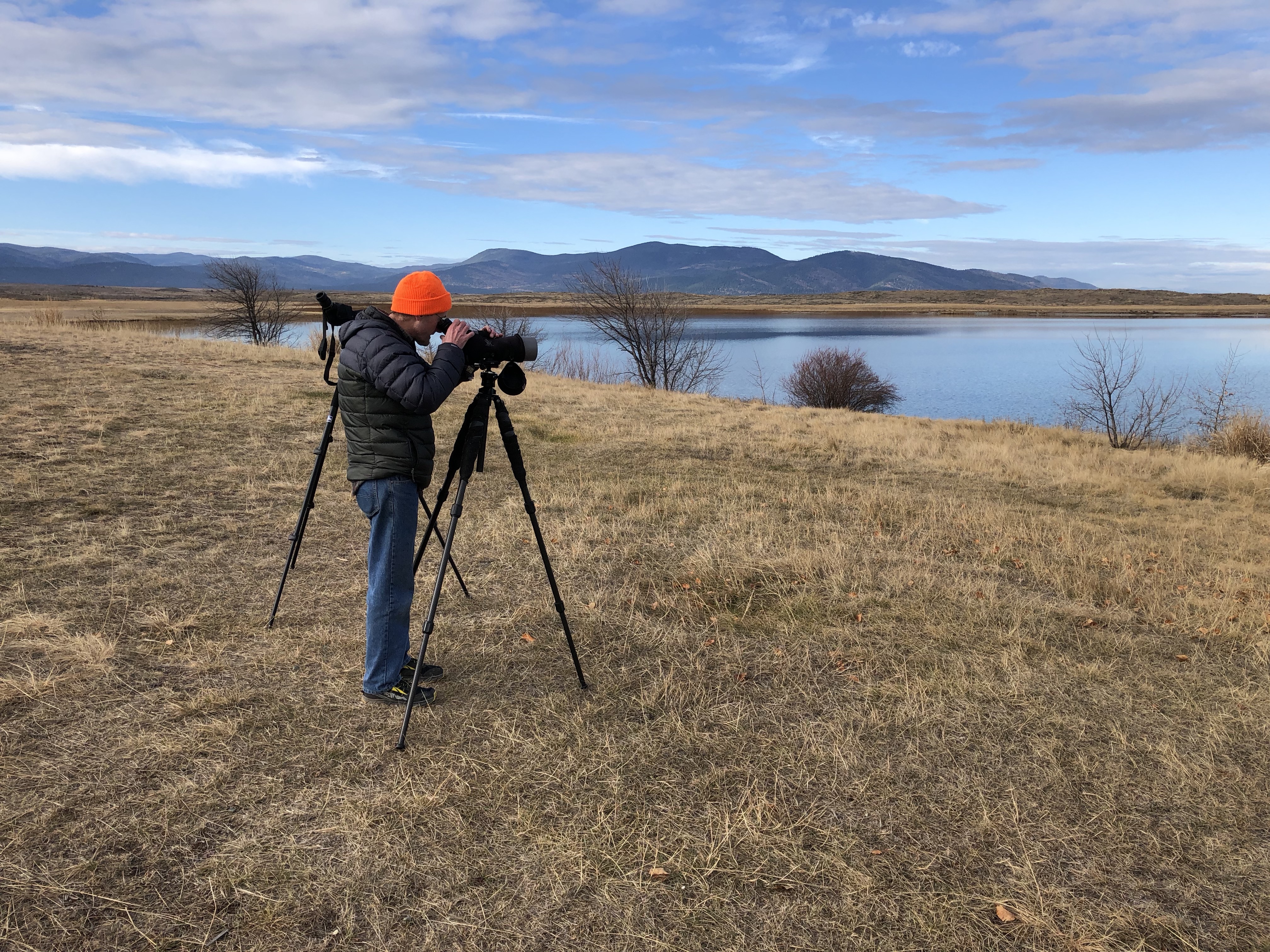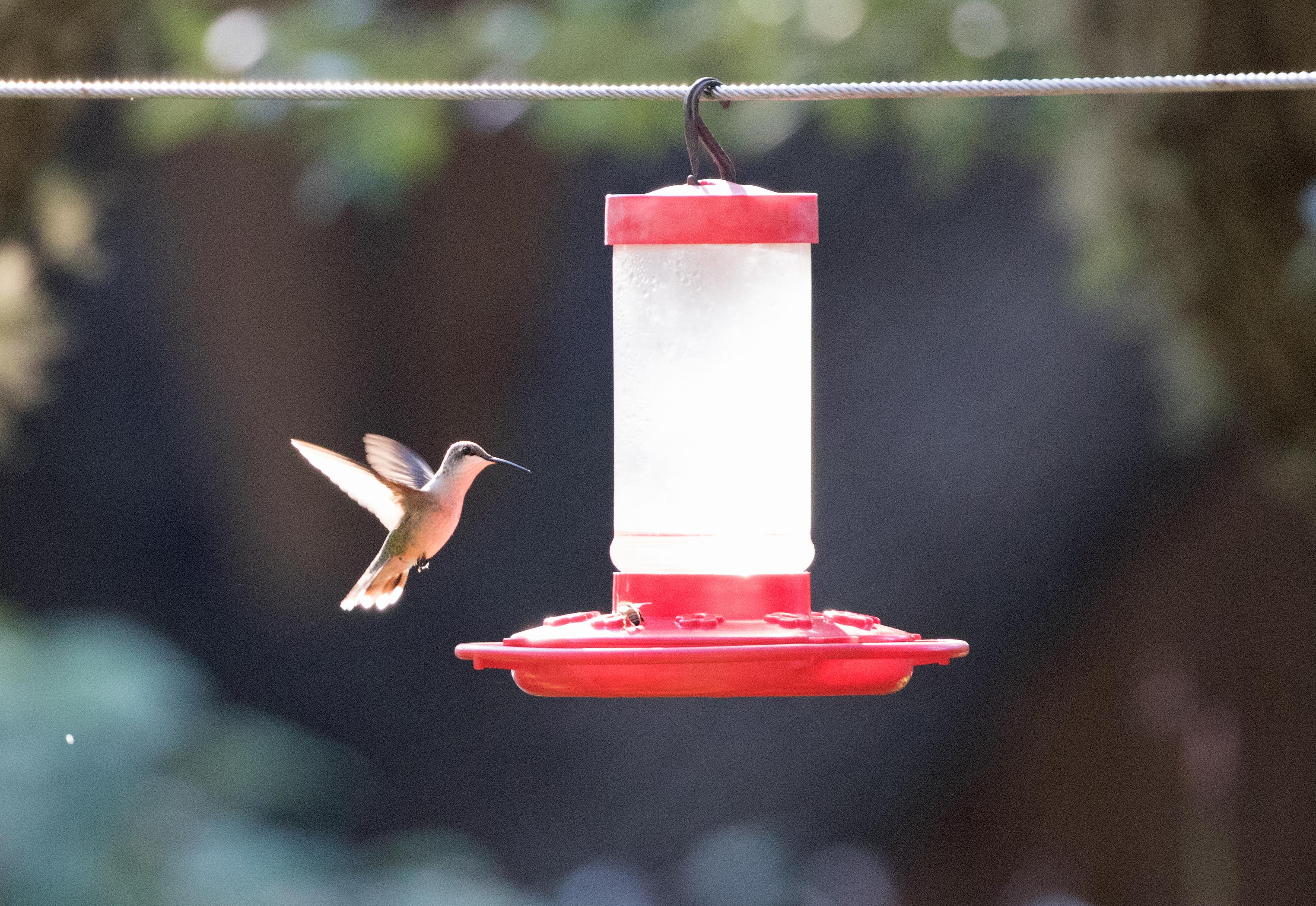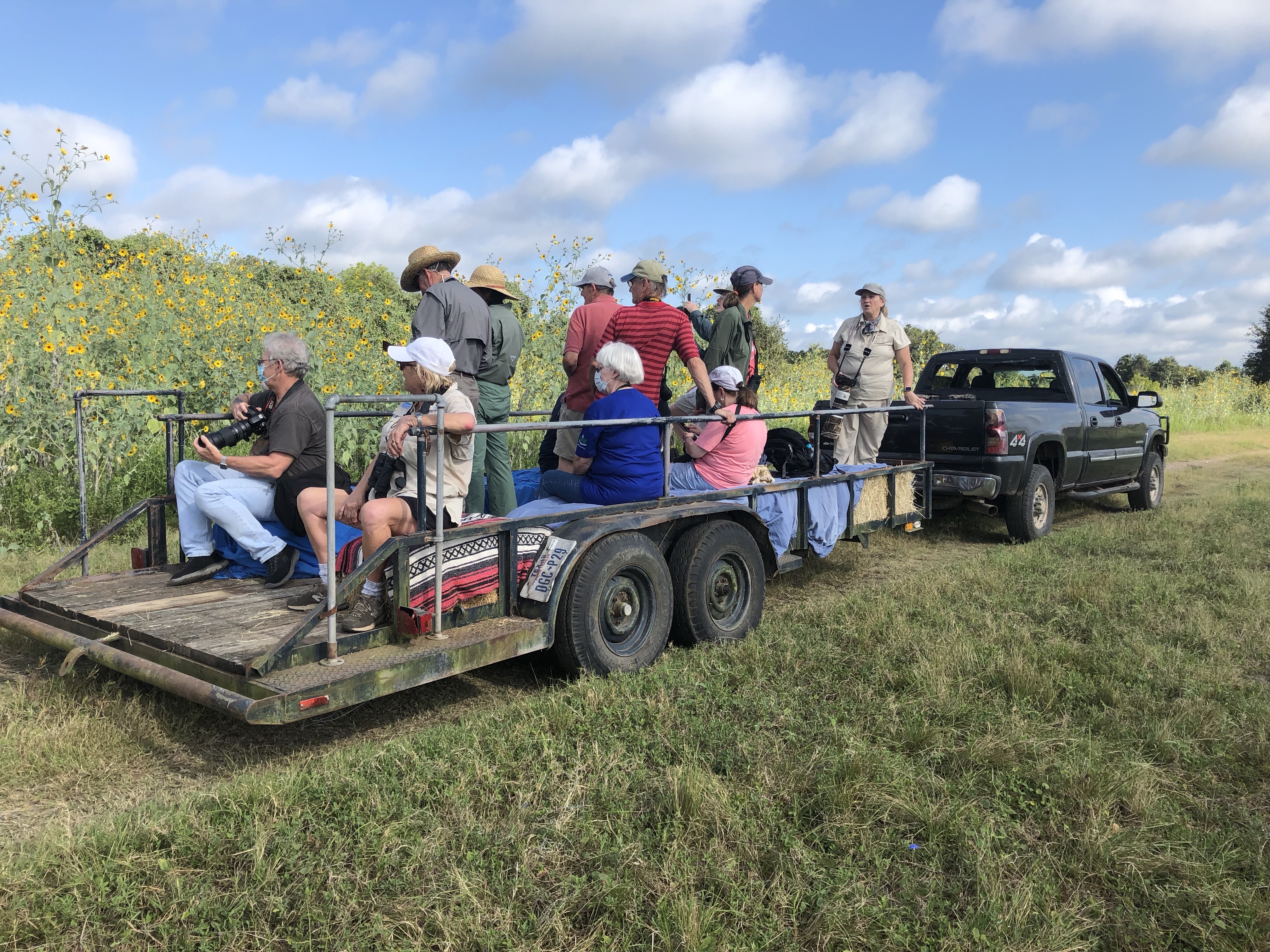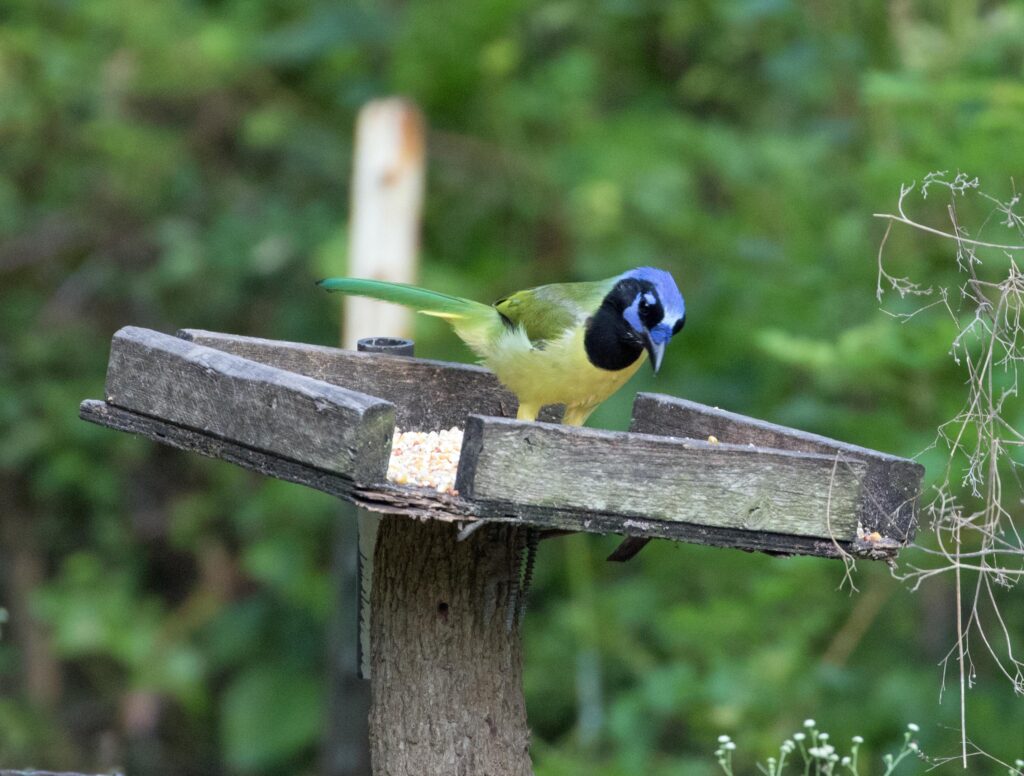This week we are thrilled to offer a post by our good friend and Montana Native Son, Nick Ramsey. Helping to lead a new wave of outstanding young birders dispersing throughout the country, Nick was there at the beginning as Braden and I took our first tentative steps into serious birding. The list of “firsts” he showed us would take up a whole blog by itself, but includes our first Black Terns, Northern Saw-whet Owl, and perhaps most memorable, Sprague’s Pipit. Currently, Nick is a sophomore at Louisiana State University majoring in Natural Resource Management and Ecology with an emphasis on Wildlife Ecology. We hope this is the first of many blogs he will write for FatherSonBirding. (Nick shown here holding a Yellow Rail.)
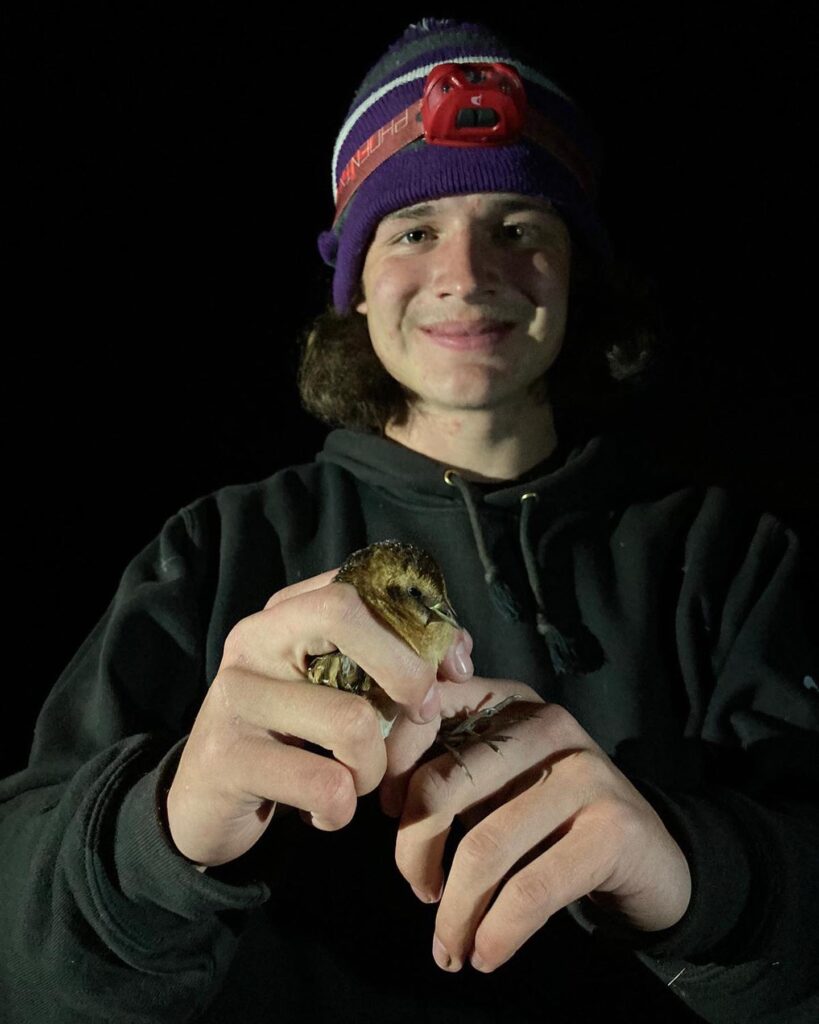
Yellow Rails are one of the most sought-after, most elusive species for birders in North America. Usually, they are near impossible to see. Most people that have them on their lists have gone in the evening to tall upland marshes in their northern breeding range, just to hear a soft song akin to pebbles getting hit together. Finding one in the winter is nearly impossible – right?
Not quite. I’ve serendipitously encountered Yellow Rails twice. Once, in eastern Montana with Braden and Sneed, we were looking at our lifer Nelson’s Sparrows at Bowdoin National Wildlife Refuge, one of their westernmost breeding sites in the state. The habitat looked great for Yellow Rails, and it was on the back of my mind. While I was taking photos of the sparrows, Braden asked for us to be quiet. Soon, I heard what he was hearing – the clicking of a distant Yellow Rail! And in broad daylight, no less! A lifer for all of us, and quite a rarity for the state of Montana, although there were historical records from the area. We were never able to see the bird, which is just part of the experience with Yellow Rails.
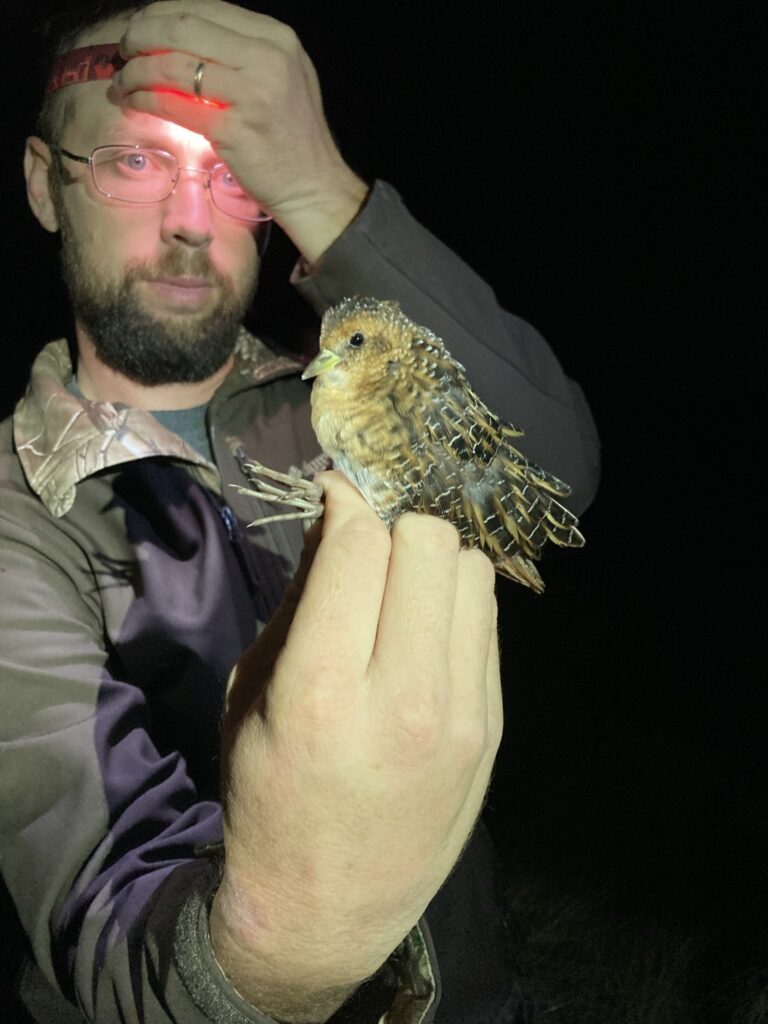
The second time, I was stomping around an old helipad at St. Mark’s National WIldlife Refuge in the Florida Panhandle. The tall, wet grass was home to a wintering LeConte’s Sparrow and potentially Henslow’s Sparrows. As I worked the grasses, hoping to flush one of these seldom-seen sparrows, a bird jumped up. It wasn’t much bigger than the sparrows I was searching for, but its legs were dangling beneath it. And – it had white secondaries!! It was a Yellow Rail! It landed only about 15 feet from me, but despite another hour of searching I was unable to flush it again. I was hooked – these shy rails had quickly become one of my favorite birds.
In Louisiana there is an active effort to survey populations of Yellow Rails, in conjunction with work on endangered Black Rails and other secretive marsh species. We are also home to the Yellow Rails and Rice Festival, where people from all over flock to Louisiana’s rice fields as combines flush rails during the rice harvest. Researchers use this opportunity to band rails and monitor Yellow Rail populations. As with most conservation efforts, they operate on a tight budget, so they love volunteers. They especially love college students, because when we trip in a marsh or a rice field after chasing a rail, we bounce. The older subset of birders that volunteer is not quite as bouncy.

On three occasions this winter, I’ve been able to volunteer on rail surveys, targeting Black, Yellow, and other rails. The primary method for these surveys is the “rail drag.” Four to eight people drag a rope about 50 feet long through prime rail habitat – wetter for Clapper, King, and Virginia Rails, dryer high marsh for Black and Yellow Rails. The line is fixed with a few gallon jugs full of cat toys spread out evenly. These serve two purposes. First, they weigh the line down, assuring no rails just hide in the grass while the line passes over them, and second, they make a ton of noise, frightening the rails into flight. These drags are conducted at night, and everyone carries a net and a flashlight. Once a rail is spotted, the lights temporarily freeze the bird and we gallop through the marsh to go catch it! This is my favorite part.

The first time this winter that I volunteered we were lucky to catch Black, Clapper, Yellow, and Virginia Rails on the Cameron Coast of southwest Louisiana. I personally netted a clapper, and chased after lots of other birds. We also netted a couple of Sedge Wrens, abundant in the drier marshes we dragged. Several weeks later, I was able to get back out to the Cameron coast with my friends Kraig and Ravynn, who’d never birded outside of Baton Rouge. After a fruitful day birding near the coast with 100 species, including my stater White-tailed Kite and over thirty lifers for my friends, we set out to go catch some rails. We met Audubon Delta’s marsh bird biologist, Jonathan Lueck, as well as a couple other volunteers, at the site. Jonathan is a character – he had a skinned-out otter and a skinned-out raccoon in the bed of his truck amongst the rail netting supplies. He found them on the side of the highway and was using the fur to make gloves, hats, and other products as a side hustle (ornithology is fun, but it doesn’t pay very well.) Jonathan passed out the nets and lights, and we got started! The first two transects didn’t yield anything, but there was another site just down the road that needed to be surveyed as well. On the way back to the car, I flushed a Clapper Rail! Kraig ran ahead and caught it. It was his first time seeing one, and getting to hold it made it that much cooler. After processing the bird, we went to the next site. This one was a lot more productive, yielding two Yellow Rails! We also flushed several of the larger species, but weren’t able to catch them. Kraig was the man of the hour, catching a Yellow Rail and a Clapper (as well as spotting many of our best birds earlier in the day, like Limpkin and American Bittern.) After a great night, we made the three hour drive back to Baton Rouge, capping off 22 hours straight of birding and travel.
I’ve been very lucky to get involved with a ton of fun research here, and the Yellow Rail banding might be my favorite. Every time we catch one we widen the window into the natural history of these adorable little birds.

All photos copyrighted, courtesy of Nick Ramsey.

